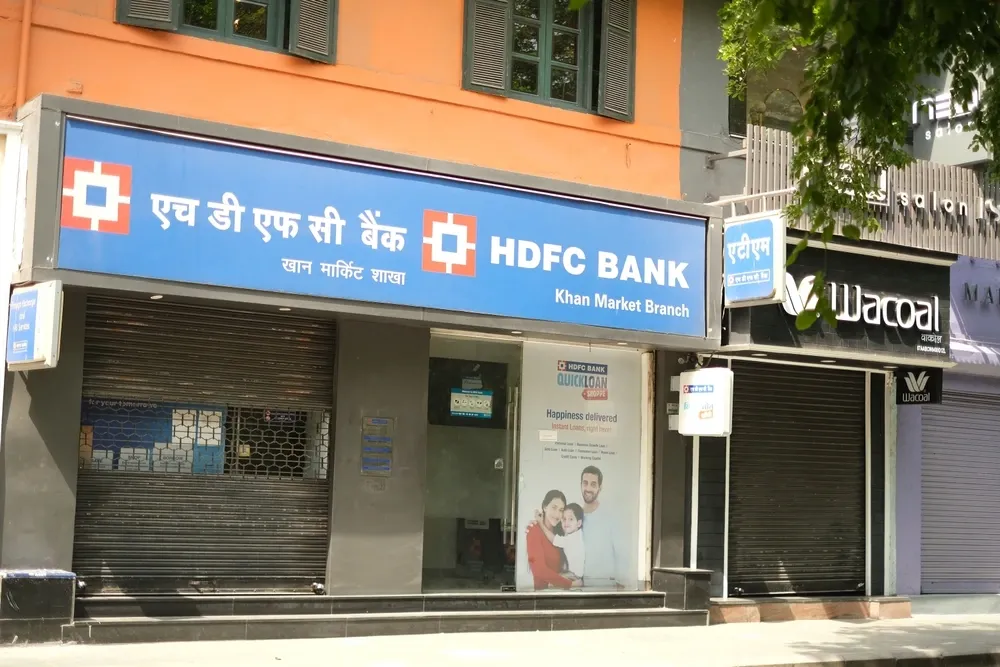The dynamic banking world often depends on looking into core financial metrics for investors and stakeholders. In this regard, South Indian Bank has recently released its quarterly results in Q3 FY25. The bank has had tremendous growth and resilience in the tough economic background of such a year. This blog post tries to dive deep into the bank’s financial performance and assess issues revolving around its net interest income, asset quality, and overall market strategy.
Financial Highlights: A Closer Look
South Indian Bank reported a net interest income (NII) of ₹869.2 crore, up 6% from ₹820 crore in the same quarter last year. This growth is indicative of the bank’s robust lending strategies and effective interest rate management. The bank’s total income also experienced a commendable rise, reaching ₹2,817.96 crore, up 6.88% from ₹2,636.5 crore a year ago. These numbers are much more than reflecting the efficiency with which the banks operate. There is a higher commitment towards growing shareholder value.
Asset Quality
Assets quality has become one of the key positives revealed in the statement. Gross NPAs of South Indian Bank came at 4.30%, as opposed to 4.40% in the immediately preceding quarter. This could only be because they have had sound credit appraisal measures and recovery from debtors that act proactively, rather than a reactive mode. The net NPA ratio also performed positively, falling to 1.25% compared to 1.31% in the previous quarter. The above developments bode well for investors as a healthier loan portfolio and lower risk profile.
Deposits and Advances: Growth Trajectory
South Indian Bank has recorded an increase of 6.28% in deposits at ₹105,386.63 crore. This is important because the growth shows the bank’s capacity to attract and retain customer deposits, which are vital for funding its lending activities. In particular, retail deposits increased by 7.7%, indicating customer confidence in the bank’s financial health.
Advances on the lending side increased by 12% to ₹86,966 crore, mainly led by corporate loans. Housing loans have seen a substantial increase; they had grown 63%. Diversification in lending across different sectors increases the avenues for the bank’s income and reduces risks as there would not be over-reliance on just one segment.
Market Response and Future Prospects
In the wake of this news, shares of South Indian Bank fell 4.18% to close at ₹25.88 on the National Stock Exchange. While that might be concerning for investors, it is also important to look at such fluctuations in the context of market dynamics. The bank’s steady growth in income and improvement in asset quality speak well for its long-term prospects.
Conclusion: Lessons for Investors
As we analyze South Indian Bank’s Q3 performance, several lessons emerge for investors. Understanding the intricacies of financial metrics such as NII, NPAs, and advances can aid in making informed investment decisions. Additionally, monitoring market responses to earnings reports can provide insights into investor sentiment and potential stock performance.
In summary, South Indian Bank’s latest results not only highlight its resilience in the banking sector but also set a benchmark for other financial institutions. As the bank continues to enhance its operations and adapt to market challenges, staying informed will be key for investors aiming to navigate the complexities of the financial landscape.







